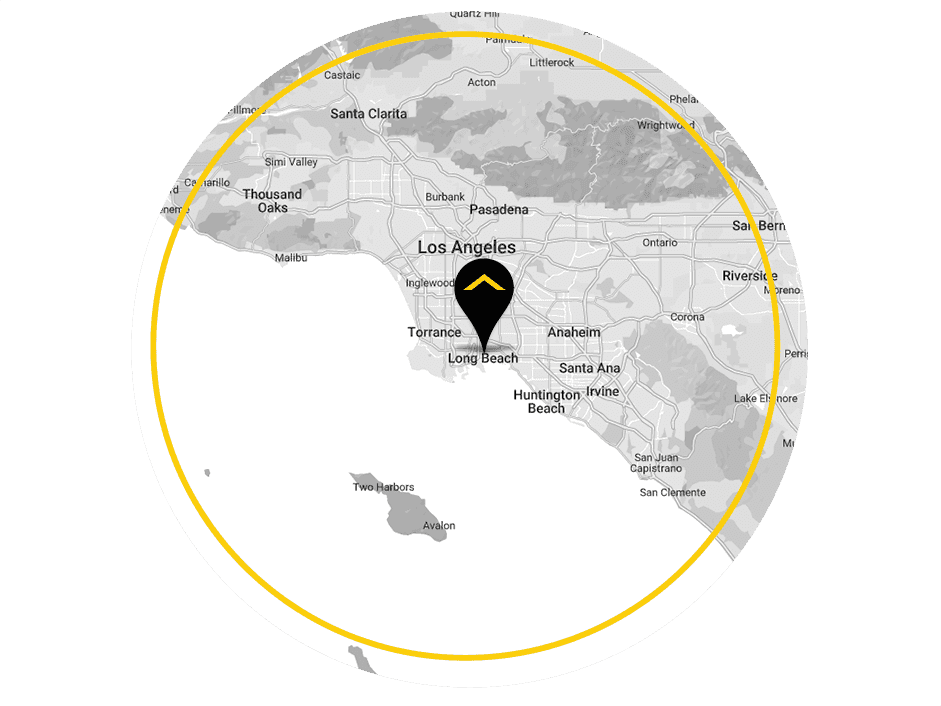Living in a coastal area like Costa Mesa, CA, comes with its fair share of benefits and challenges. While the proximity to the ocean offers stunning views and a pleasant climate, the coastal weather conditions can take a toll on your home's roofing system. In this blog post, we will explore the impact of coastal weather on roofing and provide you with practical tips to protect your roof from the elements.
Understanding the Coastal Weather Factors:
Coastal weather conditions, such as high humidity, saltwater exposure, strong winds, and heavy rainfall, can significantly affect the lifespan and performance of your roof. Let's delve into each factor and its potential impact:
High Humidity:
Coastal regions often experience high humidity levels, which can lead to moisture accumulation on your roof. This excess moisture can result in the growth of mold, algae, and moss, deteriorating the roof's integrity over time. To combat this issue, ensure proper ventilation and consider installing a moisture barrier beneath your roof.
Saltwater Exposure:
Living near the ocean exposes your roof to salt-laden air, which can accelerate corrosion and damage various roofing materials. Metal roofs are particularly vulnerable to saltwater exposure. Regularly inspect your roof for signs of rust or corrosion and promptly address any issues to prevent further damage.
Strong Winds:
Coastal areas are prone to strong winds, especially during storms and hurricanes. These powerful gusts can cause shingles to lift, tiles to crack, or even lead to complete roof failure. Regularly inspect your roof for loose or damaged materials, and reinforce vulnerable areas to withstand high winds.
Heavy Rainfall:
Coastal regions often experience heavy rainfall, which can lead to water pooling and leaks if your roof is not adequately maintained. Ensure your gutters and downspouts are clear of debris to facilitate proper water drainage. Regularly inspect your roof for any signs of water damage, such as discolored patches or sagging areas, and address them promptly.
Extreme Temperature Fluctuations:
Coastal areas can experience significant temperature fluctuations, with hot days followed by cool nights. These extreme temperature changes can cause roofing materials to expand and contract, leading to cracks, leaks, and overall roof deterioration. Ensure your roof is properly insulated and consider using materials designed to withstand temperature variations.
Protecting your roof from the impact of coastal weather conditions is crucial to ensure its longevity and performance. By following the tips mentioned above, you can mitigate the risks associated with high humidity, saltwater exposure, strong winds, heavy rainfall, and extreme temperature fluctuations. Regular inspections and timely maintenance are key to identifying and addressing potential issues before they escalate.
At Byltup, we understand the unique challenges posed by coastal weather on roofing systems. Our team of experts specializes in providing top-notch roofing services tailored to withstand the demands of coastal regions.
Contact us today to learn more about how we can help safeguard your roof from the effects of coastal weather.





